Just hearing the name of this fabled archipelago brings up images of slanted houses, a melting pot culture, and the vibrant turquoise sea.
Zanzibar is fantasy come to life and Stone Town, it’s capital, is an intoxicating blend of modern life in Africa combined with it’s deep rooted trading past. I’m unsure if a single straight street exists in the entire town. The center is a maze of winding, shadowed corridors; hidden treasures awaiting around every corner.
The great joy of Zanzibar is simply to wander. The town is justifiably famous for it’s enormous, highly decorated wooden “elephant doors”.
Sleepy cats and dogs nap in the arched doorways
as the appetizing aroma of east Indian curries, the fresh catch from the fish market and fantastic fresh ground coffee at one of the numerous cafes combine to overwhelm the senses.
Artisan shops hug every corner, offering tribal masks
and colorful artwork.
Stone Town has a long and difficult history. Zanzibar, and it’s fellow island Pemba, make up this archipelago and have been inhabited since the first millennium by the Bantu people. From the 8th century they’ve been a major stop on the trade routes between Persia and East Africa.
Between the 12th and 15th Centuries, the trade increased, creating a powerful city-state on Zanzibar with trading as far away as Asia, before the Portuguese took control in the 16th century. They were subsequently challenged by the British and Omani Arabs with increasing slave trade into the Middle East.
Although simply wandering is the preferred method of exploring Stone Town, there are several sites you should make time for. The general market is a riot of sights, smells and colors. As with markets all over the world, it is truly the pulse of the city. Smell the exotic fruits, drool over the bounty of fresh fruits and vegetables,
and think about whether or not you really want meat for dinner as you watch flies in a holding pattern at the meat stalls, the air heavy with the sticky-sweet smell of fresh blood.
Although they have put the past behind them, the slave quarters are in interesting, albeit disturbing look in the horrific treatment of those poor individuals waiting to be shipped away to their fate. Dark, dank, and claustrophobic, you can still feel the souls of those who were enslaved there.
A much more lighthearted and entertaining stop is at the famous night fish market which takes place in an obscure alleyway. Several blocks of street carts offer up the fresh catch of the day, along with the amazingly tasty Zanzibar pizza; a round of dough topped with ground meat, cheese and an egg. Folded over and briefly grilled. Cheap, filling, delicious and surrounded by fantastic people watching. Dinner doesn’t get any better.
Still looking for more? There are plenty of tours offered to learn about all the spices the islands grow or choose your perfect beach
and enjoy some of the most beautiful sunsets you will ever hope to find.
You have to work a bit to get to the island, having to first make your way to Dar es Salaam in Tanzania before ferrying to Zanzibar, but it is so well worth it. From the narrow corridors of Stone Town to the glorious beaches and friendly people it is a trip you will never regret.
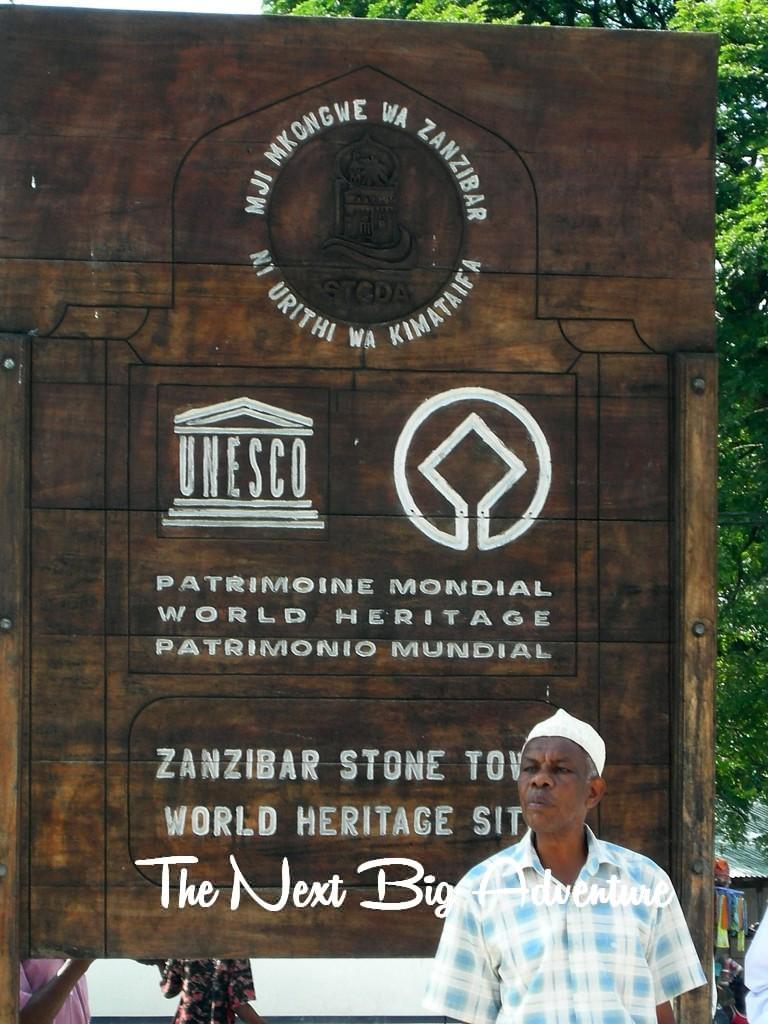
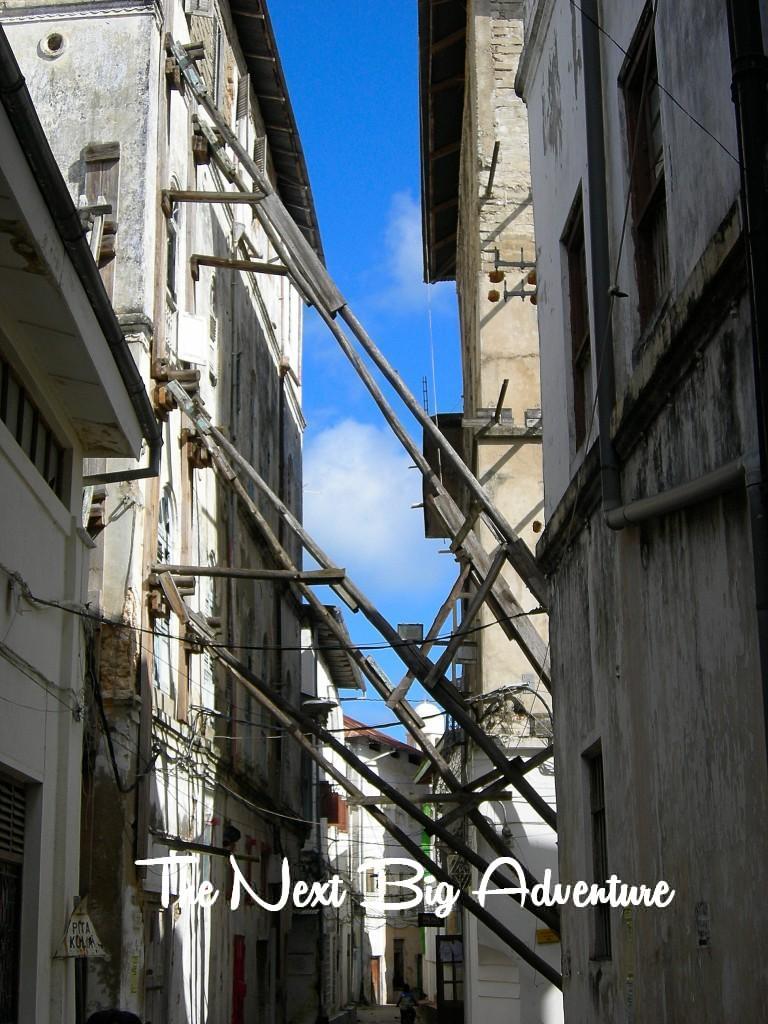

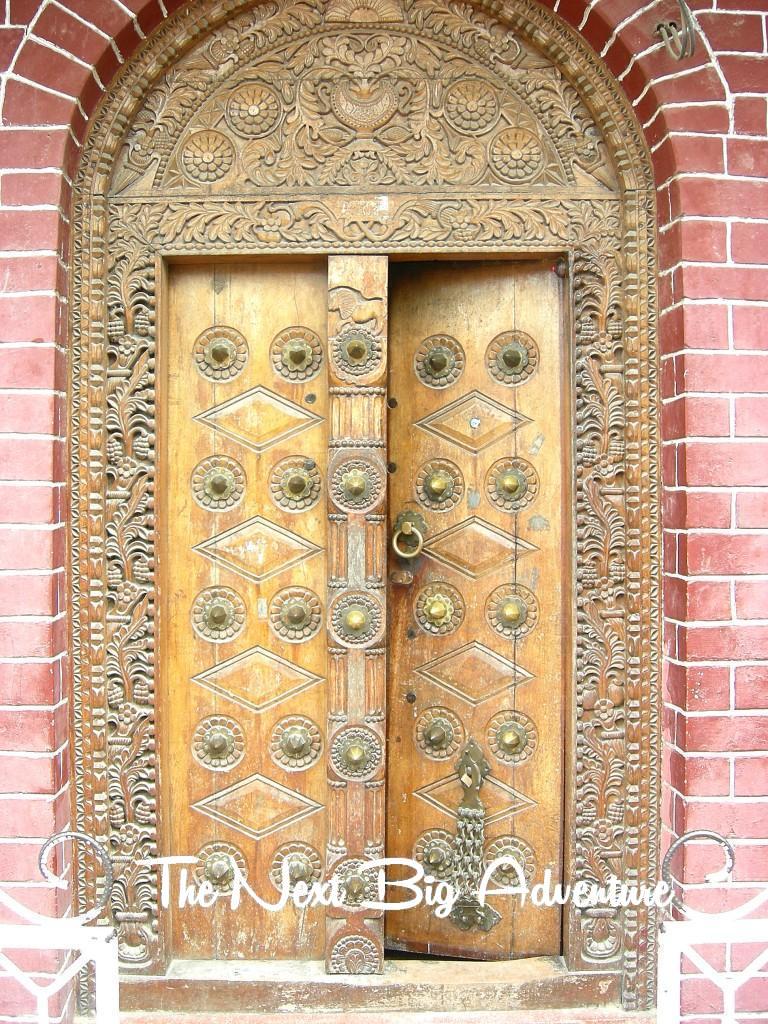
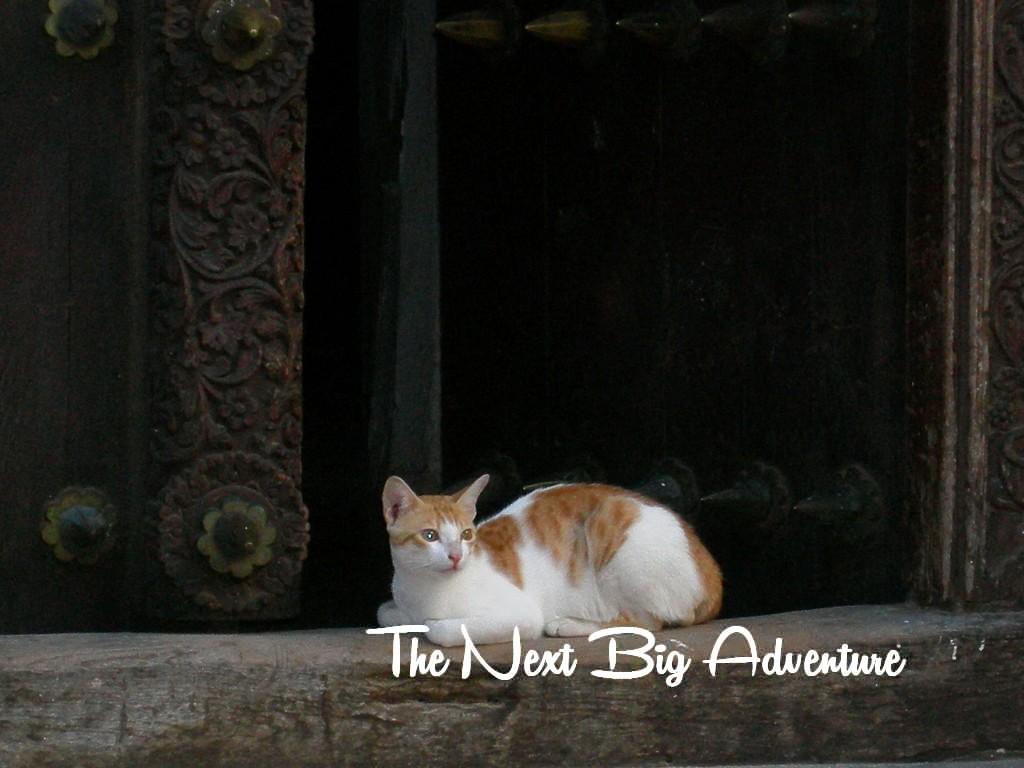
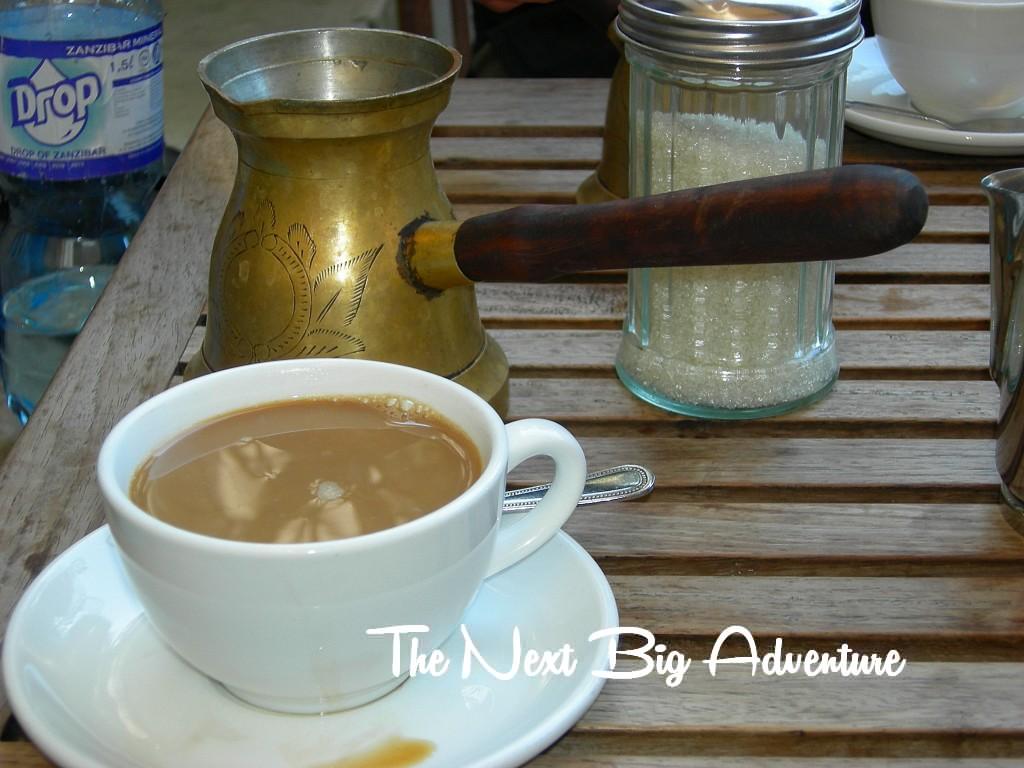
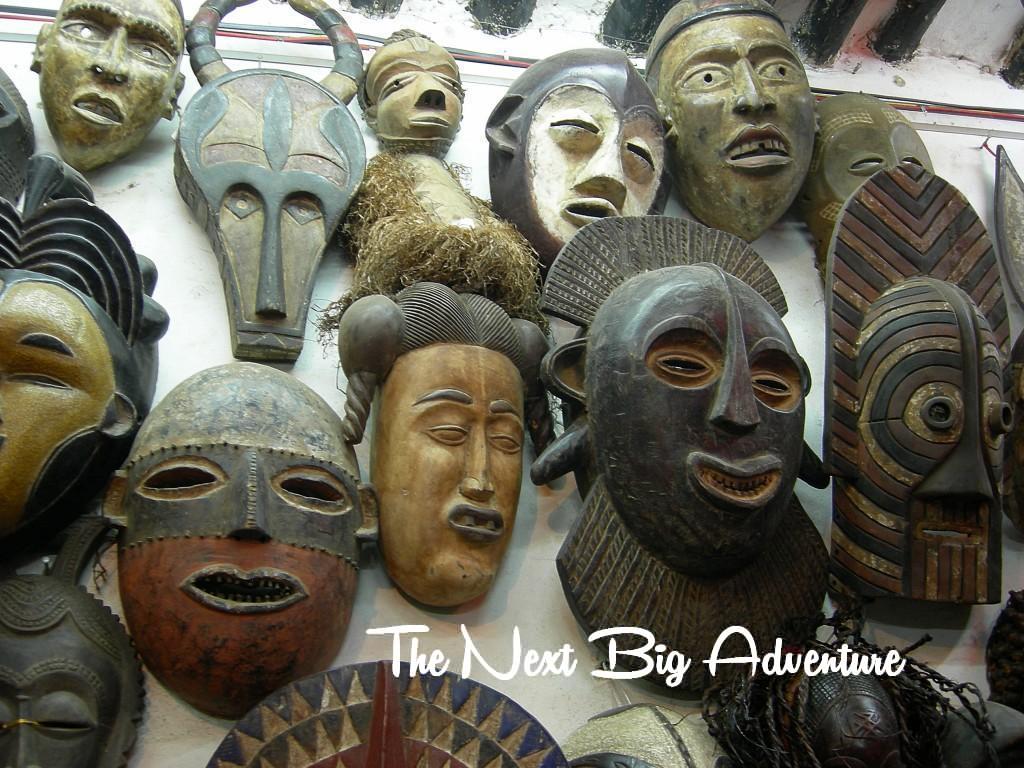
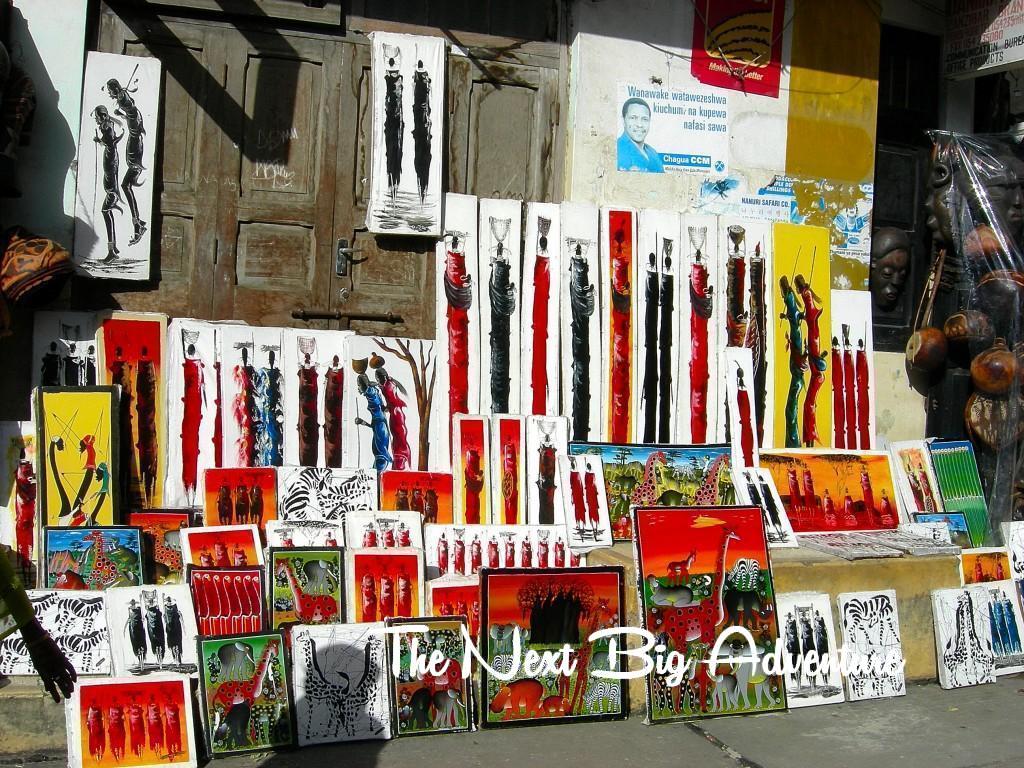
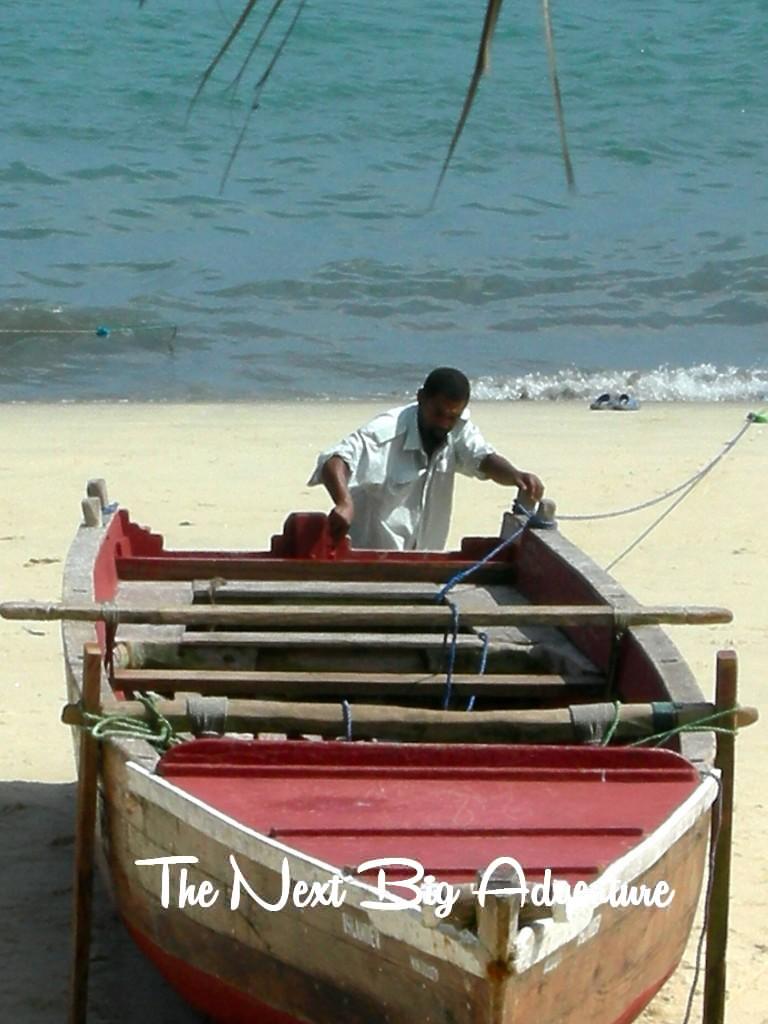


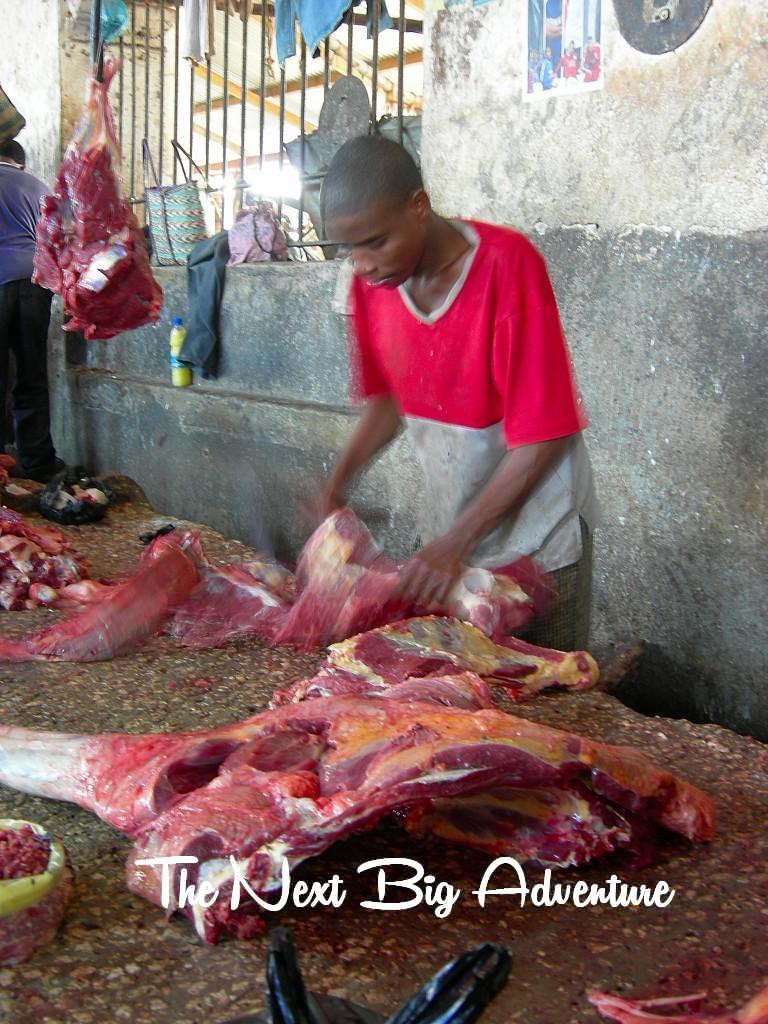
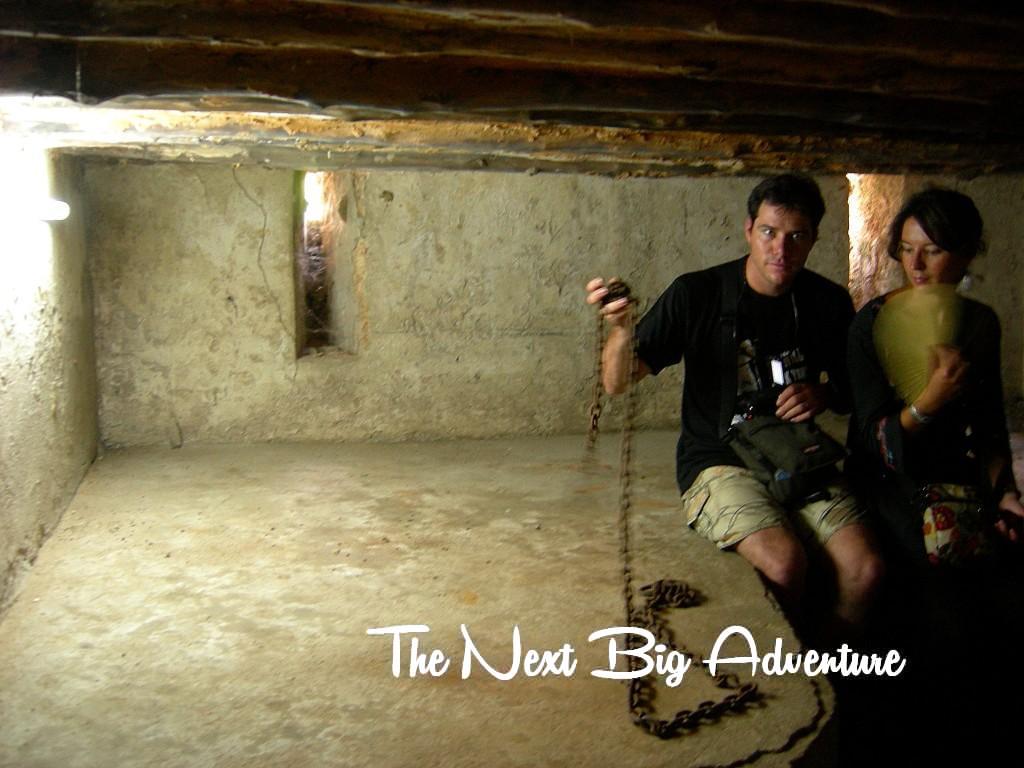
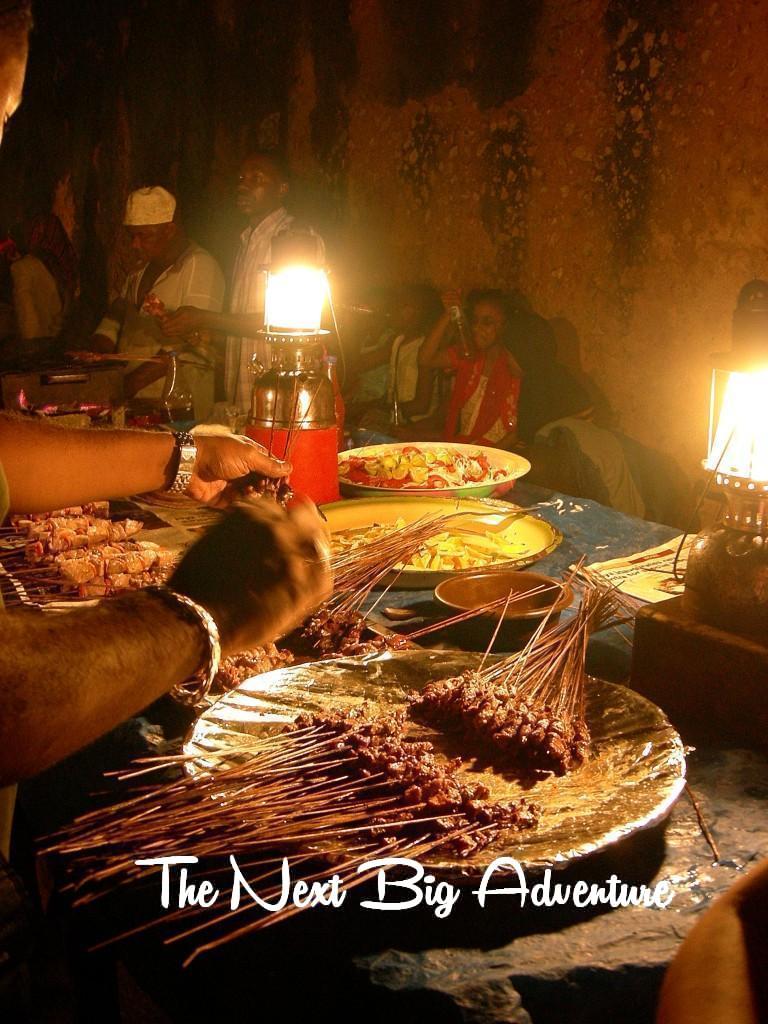
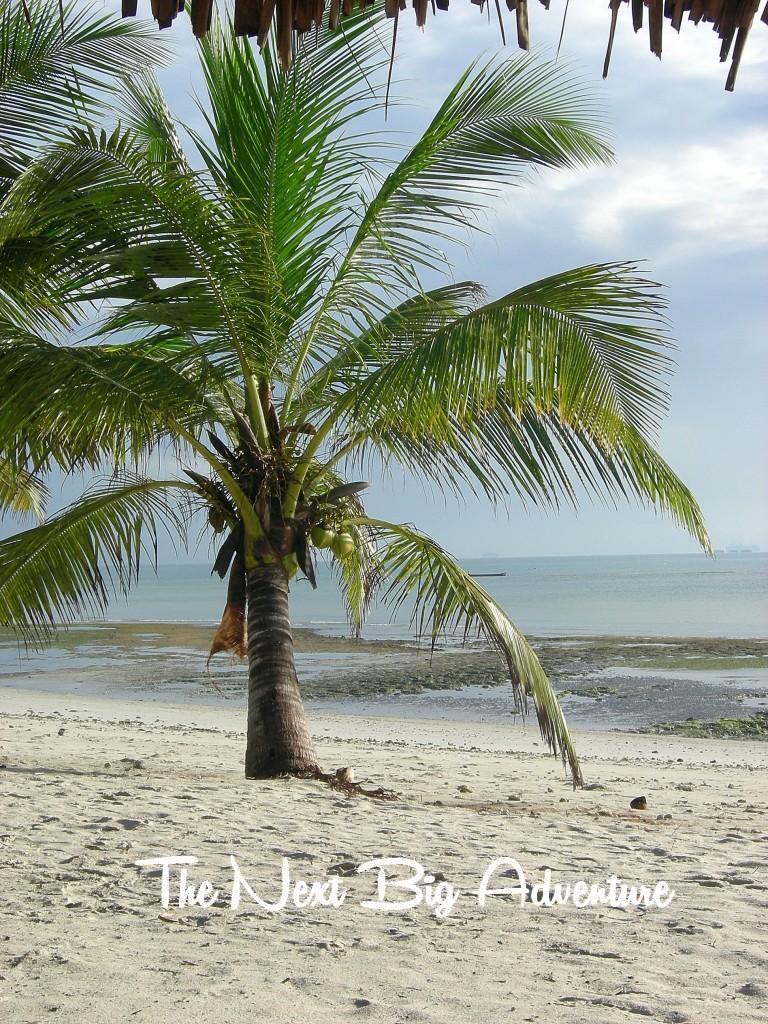

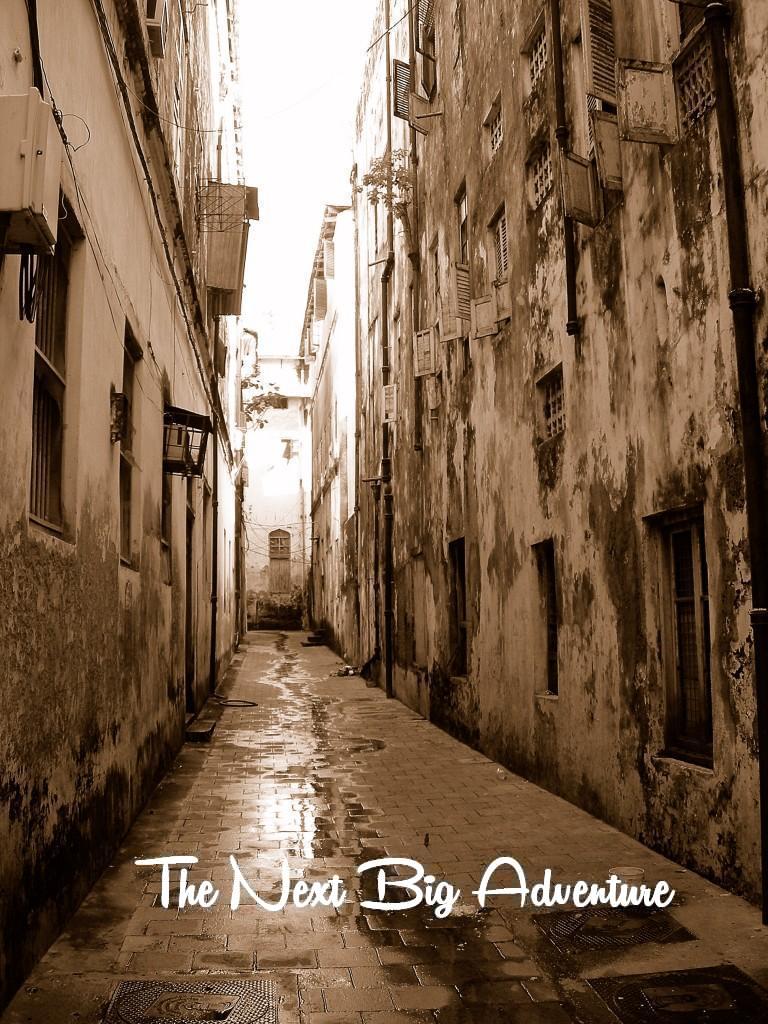
What an absolutely beautiful country – and great photos. Thanks for sharing
Glad you enjoyed the pictures Scott. It’s an amazing place, I hope you get to travel there someday.
Awesome good description betiauful pictures you take good pictures which gives good information of the place. I found picture of slave market very moving. The picture above your article does great justice to your article.
Pingback: Overland Travel Africa - Zanzibar
My brother suggested I may like this blog. He was totally right. This publish truly made my day. You cann’t believe just how so much time I had spent for this information! Thanks!